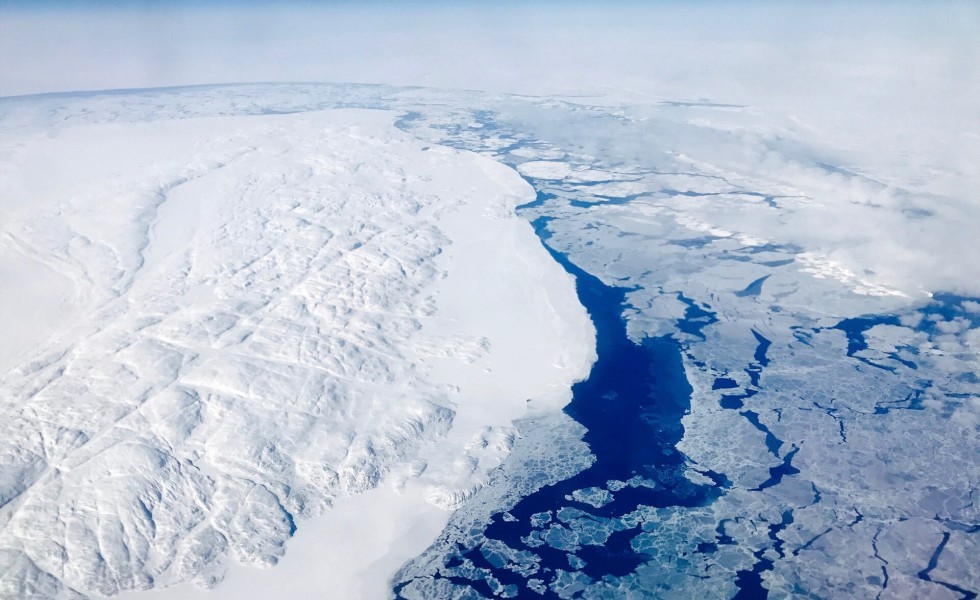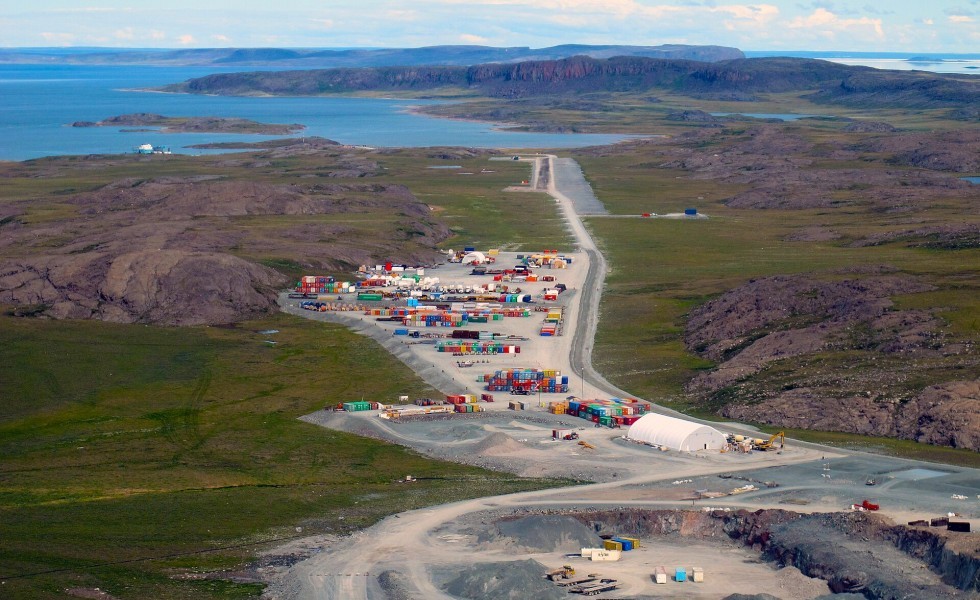Search for cities, countries, lakes and rivers
Nunavut

Nunavut, Canada © By Harrison Keely
Nunavut Sea Temperature
This page provides detailed information about the water temperature in Nunavut, Canada. All countries, cities and resorts on the coast. The range of sea temperatures for today. We find every spot where you can swim and tell you what the water temperature is there today and throughout the year.
Current Sea Temperature
0.3°C
minimal
1.3°C
average
2.5°C
maximum
Graph of Sea Temperature Changes in Nunavut Over the Last 60 Days
Water temperature in the Nunavut by month
| Month | Minimum | Maximum |
|---|---|---|
| January | -3°C | 1°C |
| February | -2°C | 1°C |
| March | -2°C | 1°C |
| April | -3°C | 1°C |
| May | -3°C | 1°C |
| June | -3°C | 3°C |
| July | -2°C | 9°C |
| August | -2°C | 10°C |
| September | 0°C | 8°C |
| October | -1°C | 7°C |
| November | -3°C | 3°C |
| December | -3°C | 1°C |
The Warmest Places on the Seaside in Nunavut Today
List of All Coastal Cities in Nunavut
Seas and Oceans that Border Nunavut

Nunavut, Canada © By Timkal
Canada: List of Regions
Water Temperature in Nunavut: General Trends and Swimming Opportunities
Nunavut, located in the northernmost part of Canada, is known for its frigid Arctic waters. The temperature of the sea surrounding Nunavut varies greatly due to its proximity to the Arctic Ocean, with temperatures remaining cold throughout most of the year. In the summer months, the water along the coastline tends to hover around 28°F to 40°F (-2°C to 4°C). These temperatures are far too cold for comfortable swimming, and even in the warmer months, the sea remains ice-cold, posing challenges for those who wish to venture into the water.
During the winter, the sea temperature in Nunavut can drop further, reaching as low as 14°F to 28°F (-10°C to -2°C), depending on the region and ice cover. The waters around Nunavut are often frozen for much of the year, particularly in areas closer to the shore, where sea ice can form and remain intact for several months. This ice, which can range from a thin layer to thick, multi-year ice, is a prominent feature of the landscape, shaping the region's ecosystems and human activities.
The cold waters of Nunavut support unique Arctic marine life, including species like seals, whales, and polar bears, which are adapted to these extreme conditions. While swimming is not a common activity due to the icy temperatures, the waters provide opportunities for ice fishing and scientific research. As a result, the ocean remains a crucial part of the daily life and culture in Nunavut, despite its inhospitable temperatures.
Geographical Location of Nunavut
Frequently Asked Questions About Nunavut and its Water Temperatures
What is the current sea temperature on the coast of Nunavut in Canada?
The sea temperature today on the coast of Nunavut ranges from 33°F (0.3°C) in Pangnirtung to 37°F (2.5°C) in Rankin Inlet.
When does the sea in Nunavut in Canada reach a comfortable swimming temperature?
The sea temperature in Nunavut (Canada) never warms up to 70°F (21°C). Its maximum value is 50°F (10°C) in August. It should be noted that the mentioned values apply to the warmest point of the region. In other areas of Nunavut, the values may vary.
What are the most popular seaside resorts in Nunavut?
The most popular places on the coast of Nunavut (Canada), based on our visitors' interest in the water temperature, are cities Gjoa Haven, Kugluktuk, Pangnirtung, and Rankin Inlet.
Which seas and oceans does the Nunavut have access to?
Nunavut (Canada) has access to the seas: Arctic Ocean, and Hudson Bay.
